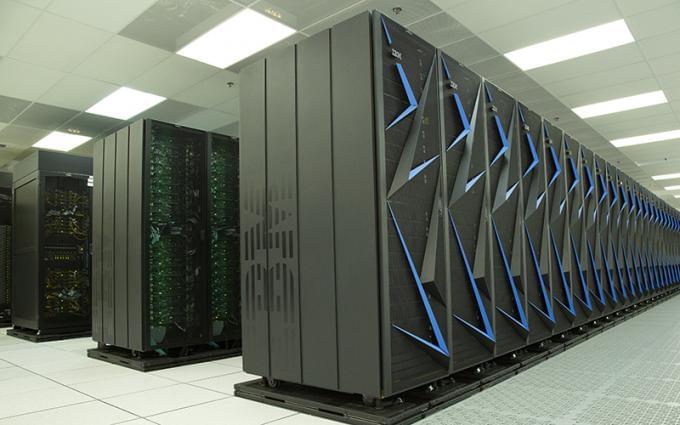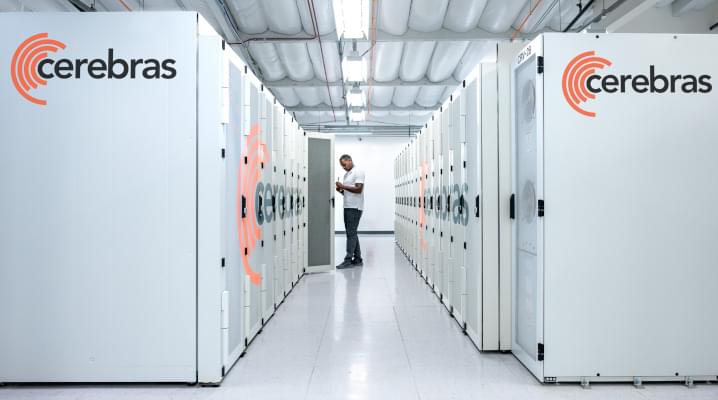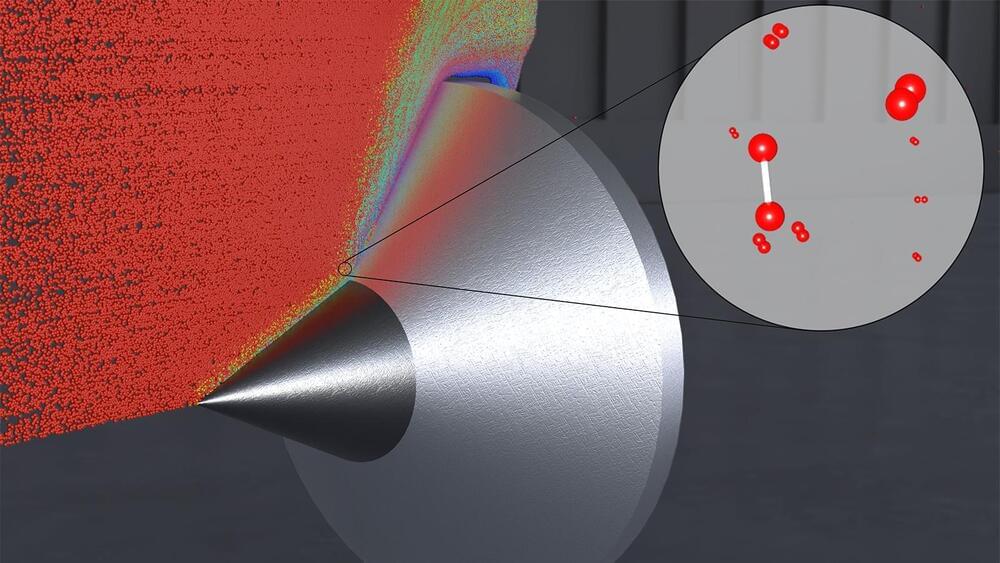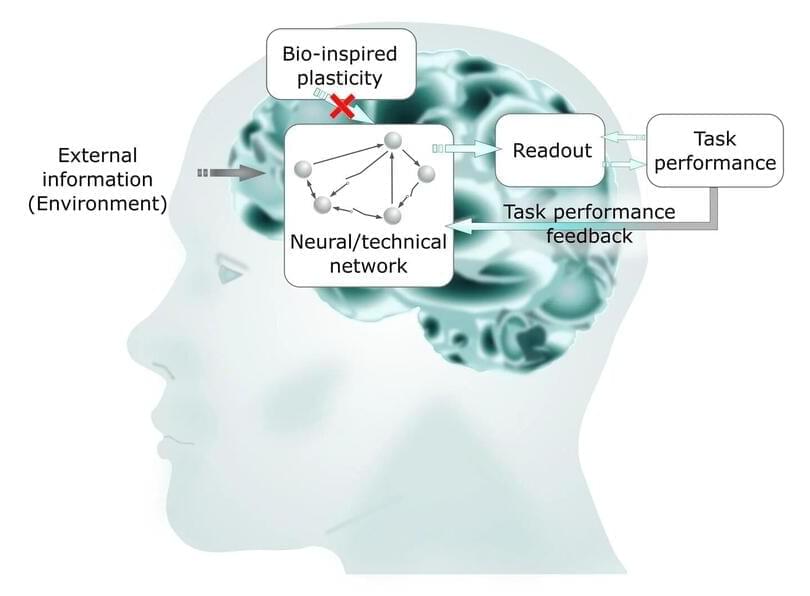Deep Learning AI Specialization: https://imp.i384100.net/GET-STARTED
Nuclear fusion researchers have created a machine learning AI algorithm to detect and track the existence of plasma blobs that build up inside the tokamak for prediction of plasma disruption, the diagnosis of plasma using spectroscopy and tomography, and the tracking of turbulence inside of the fusion reactor. New AI supercomputer with over 13.5 million processor cores and over 1 exaflop of compute power made be Cerebras. A new study reveals an innovative neuro-computational model of the human brain which could lead to the creation of conscious AI or artificial general intelligence (AGI).
AI News Timestamps:
0:00 Breakthrough AI Runs A Nuclear Fusion Reactor.
3:07 New AI Supercomputer.
6:19 New Brain Model For Conscious AI
#ai #ml #nuclear






